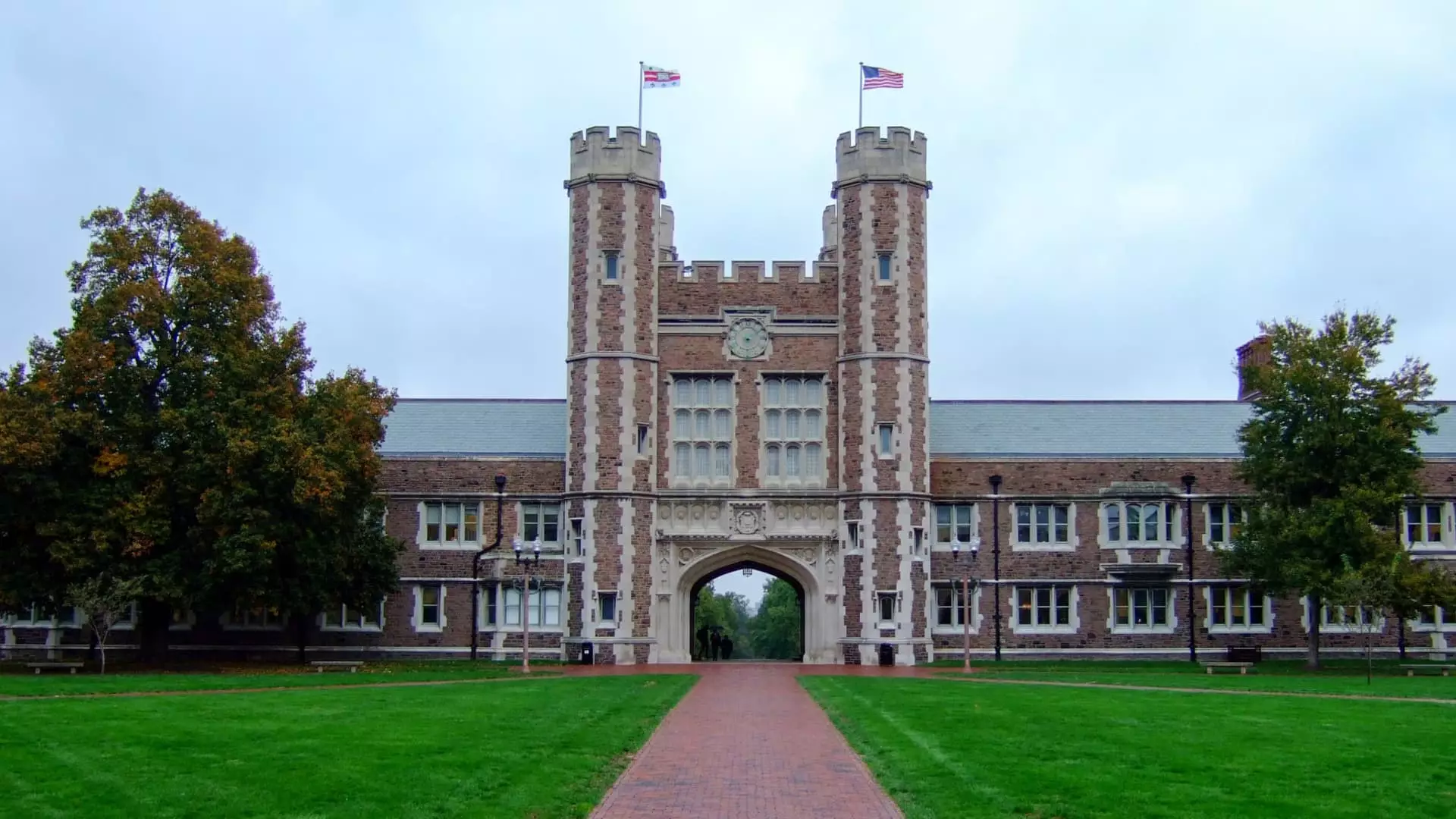The cost of attending college is skyrocketing, with some institutions now approaching the six-figure mark for a single academic year. Schools like New York University, Tufts, and Yale are among those with a sticker price of more than $90,000, and projections suggest that this amount could exceed $100,000 by 2026. This steep increase in tuition and fees can be a major deterrent for prospective students, especially those from low- and moderate-income families. The sharp rise in costs can largely be attributed to substantial cuts in state funding for higher education, shifting the burden of payment onto students and their families.
Despite the daunting sticker prices, very few students actually pay the full cost of attendance out of pocket. According to Sallie Mae’s report on college financing, families on average paid $28,409 towards educational expenses in the 2023-24 academic year. Parental income and savings cover a significant portion of these costs, while scholarships and grants, along with student loans, make up the rest. The U.S. Department of Education provides approximately $120 billion annually in aid to help students finance their education. Beyond federal assistance, students may also qualify for financial aid from their state, their college, or through private scholarships.
Despite the availability of financial aid, accessing these resources can be challenging for many students. The Free Application for Federal Student Aid (FAFSA) serves as the primary gateway to federal financial assistance, including loans, work-study programs, and grants. However, issues with the FAFSA application process have deterred many students and families from completing the application. As of 2024, FAFSA submissions were down by almost 10% compared to the previous year. This decline in financial aid applications could potentially result in fewer students being able to afford college, further exacerbating the issue of access to higher education.
While the rising cost of college tuition is a major concern for families, there are opportunities for financial support available. Private schools, in particular, often have more resources to offer financial aid to students in need. Despite the high sticker prices, many schools are dedicated to meeting the demonstrated financial need of students and families. It is essential for students to explore all avenues of financial assistance, including scholarships, grants, and loans, to make higher education more accessible and affordable.
The increasing cost of college attendance presents a significant barrier to higher education for many students. However, with the availability of financial aid and assistance programs, it is possible for students to overcome these financial obstacles and pursue their academic goals. It is crucial for students to be proactive in seeking out financial aid opportunities and resources to make college more affordable and accessible.

